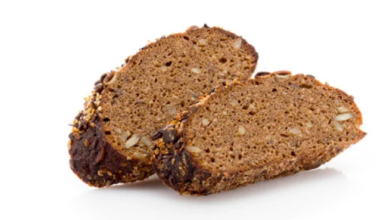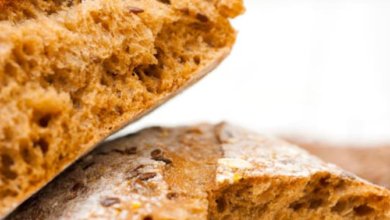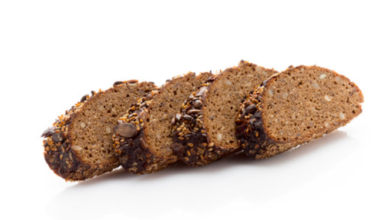How to Make Rye Bread Less Dense and Delicious

What To Know
- Baking the bread at a higher temperature (450-475°F) creates a faster oven spring, which helps trap gases and create a lighter crumb.
- Incorporating a sourdough starter into your rye bread adds natural sourdough enzymes that break down the starches and proteins in the dough, resulting in a more open and airy texture.
- Add a small amount of vinegar or lemon juice to the dough to weaken the gluten bonds and promote a lighter texture.
Crafting dense, flavorful rye bread can be a rewarding experience. However, if you find your rye bread turning out too dense, there are several techniques you can employ to achieve a lighter, more airy loaf.
Understanding the Causes of Dense Rye Bread
Before diving into solutions, it’s essential to understand why rye bread can become dense:
- High Rye Flour Content: Rye flour contains more dietary fiber than wheat flour, which can contribute to a denser texture.
- Gluten Development: Overworking the dough during kneading can develop too much gluten, resulting in a chewy, dense loaf.
- Insufficient Fermentation: Proper fermentation allows yeast to produce gases that create air pockets in the dough. Insufficient fermentation can lead to a heavy loaf.
- Low Hydration: Rye flour absorbs more water than wheat flour, so using too little water can result in a dry, dense dough.
- Overbaking: Baking the bread for too long can dry it out and make it dense.
7 Proven Techniques to Make Rye Bread Less Dense
#1. Reduce Rye Flour Content
Substituting a portion of the rye flour with wheat flour or bread flour can lighten the texture. Start by replacing 25% of the rye flour and gradually increase the substitution until you achieve the desired lightness.
#2. Handle the Dough Gently
Avoid overworking the dough during kneading. Knead just until the ingredients are combined and a smooth, elastic dough forms. Overworking can develop too much gluten, resulting in a dense loaf.
#3. Optimize Fermentation
Allow the dough to ferment for at least 12 hours at room temperature, or overnight in the refrigerator. This extended fermentation gives the yeast ample time to produce gases and create air pockets.
#4. Increase Hydration
Rye flour absorbs more water than wheat flour. Aim for a dough hydration of around 70-80%, meaning the weight of the water should be 70-80% of the weight of the flour.
#5. Bake at a Higher Temperature
Baking the bread at a higher temperature (450-475°F) creates a faster oven spring, which helps trap gases and create a lighter crumb.
#6. Use Sourdough Starter
Incorporating a sourdough starter into your rye bread adds natural sourdough enzymes that break down the starches and proteins in the dough, resulting in a more open and airy texture.
#7. Add a Tangzhong
A tangzhong is a cooked mixture of flour and water that is added to the dough. It gelatinizes the starch and creates a more tender and moist loaf.
Additional Tips for Lighter Rye Bread
- Use a dough enhancer or vital wheat gluten to strengthen the dough and prevent it from becoming too dense.
- Add a small amount of vinegar or lemon juice to the dough to weaken the gluten bonds and promote a lighter texture.
- Score the top of the loaf before baking to allow steam to escape and prevent the bread from becoming too dense.
- Allow the bread to cool completely before slicing to prevent deflating.
Endnote
Crafting light and airy rye bread requires a combination of proper ingredient ratios, gentle handling, optimal fermentation, and precise baking techniques. By following these proven tips, you can elevate your rye bread-making skills and enjoy delicious, fluffy loaves every time.




